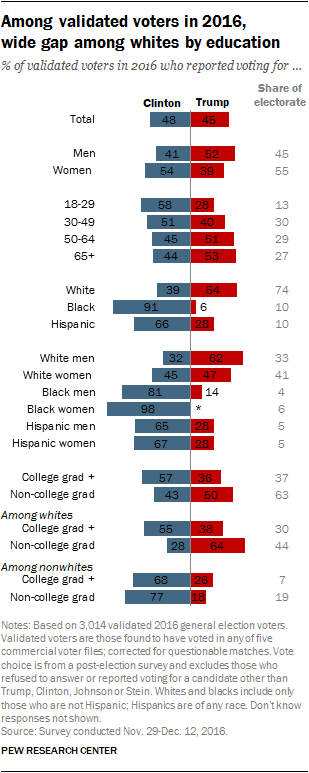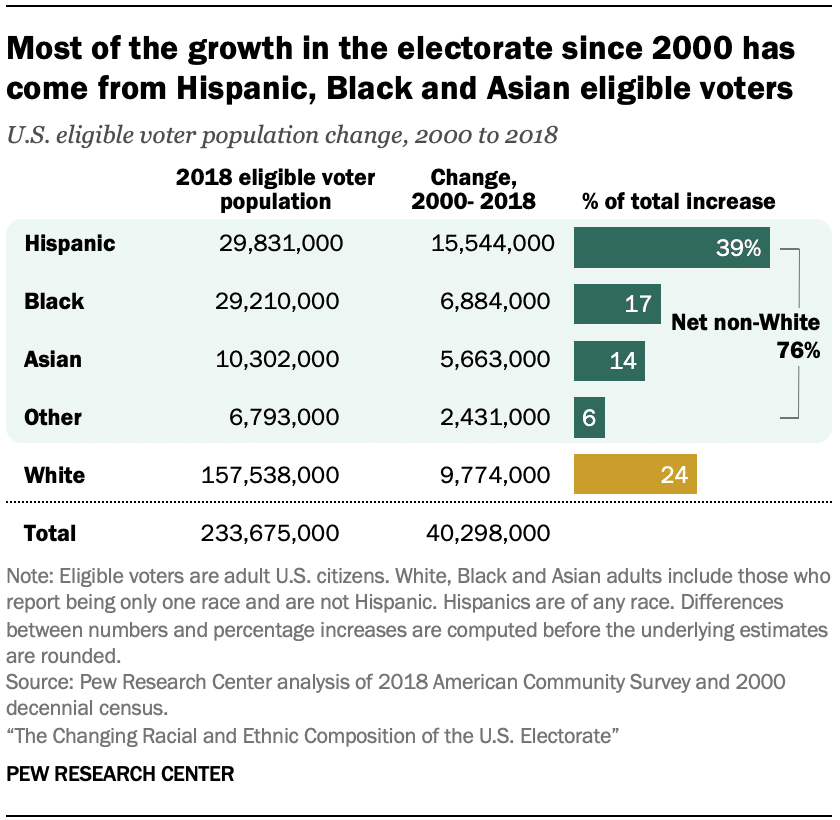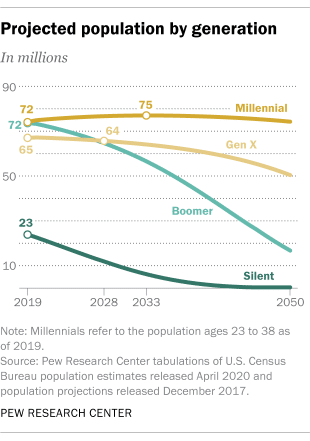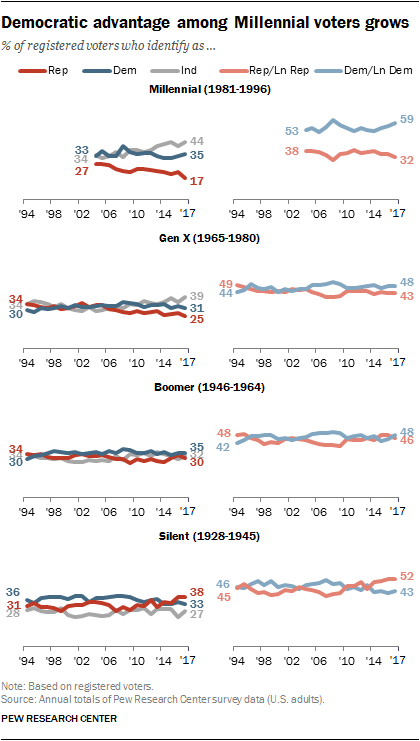As I write this, the United States stands on the precipice of an election that will radically shape the future of American politics. The whirlwind of news and hot takes is nearly overwhelming and will likely continue even after the final vote is counted.
But amidst the torrent, we have a chance to step back and look at how our nation is changing and what it means for us in the years ahead. A recent video from Bloomberg QuickTake really drew out the question of where we’re going. In it, six young conservatives are asked about the election and the future of the Republican party.
Let’s break all of that down. It’s worth noting that the interviewees are described as young conservatives and not young Republicans, but even still, 5 of 6 wholeheartedly endorse Donald Trump, and most see some mixture of his ideas and his personality as the future of the party.
Everyone seems to agree that growing the party, attracting more young people, and building coalitions is the way forward. So let’s see how U.S. demographic trends and voter opinions stack up against those goals.
Changing Demographics
A few demographic trends have become obvious in recent years. First, the American population is growing more ethnically diverse. The Kaiser Family Foundation examined Census Bureau data to show that the U.S. is currently about 60% White, not Hispanic.
Keep that in mind. Now account for Pew data tracking the rate of population change among eligible U.S. voters.
Combining those two, we see a roadmap to a majority non-white America before too much longer. We’re currently in the midst of a national census, but data is already showing a majority non-white population for citizens under 16. So our first guarantee for the future of American politics is that it will need to accommodate a much wider range of experiences and backgrounds than national parties of the past.
The March of the Young People
The second consideration, beyond the nation’s shifting ethnic make-up, is that America is changing generational hands.
In 2019, The U.S. hit a critical inflection point. For the first time, the Boomer generation was no longer the largest age cohort. The Pew chart above shows how that trend will only accelerate in coming years, resulting in Millennials becoming a larger share of the electorate with every election cycle moving forward.
Now, let’s layer age and the shifts in ethnicity. In 2018, the average age of a white American was 58 vs. 11 for Hispanics and 27 for African-Americans. As current young people come to inherit leadership roles in companies, government, and every other facet of life, the shifts in the U.S. population will necessitate coalition building on a scale we can hardly imagine in today’s politics.
What Young People Believe
One of the reasons that the Bloomberg video caught my attention was the unstated premise that young conservatives are a major force and support Donald Trump to a large degree. There’s even a Harvard University study quoted as saying that in a survey of 18-29 year olds, 82% of people who identify as Republican plan to vote for President Trump.
I’ll be honest, that shocked me. Is Gen Z tacking harder to the right than the stereotypes would lead you to believe? In short, not really.
First, let’s look at the full results of the Harvard University Youth Poll. The survey seeks to break out voter blocs that describe shared beliefs of a cohort but don’t fit the traditional liberal/conservative dichotomy. For instance, the survey distinguishes between “Engaged Progressives” (15% of the population, most likely to vote, 85% in support of Joe Biden, least religious, most highly educated) and “Center – Left” (68% support Joe Biden, liberal on health care and climate change but more centrist on immigration and affirmative action).
These blocs give some nuance that the quote from the video misses. There are some important distinctions to consider when looking at support for Donald Trump among young people. The first is that the largest cohort is the “Disengaged” (31%). This group identifies as 31% Democrats and 29% Republican, is the least likely to vote, and equally supports Joe Biden (35%) and Donald Trump (35%), although only 41% approve of President Trump’s job performance.
The next largest right-leaning cohort we find is described as “Multicultural Moderates” (45% Democrat / 30% Independent / 25% Republication, 53% plan to vote this fall and they hold an amalgamation of beliefs from both parties). Among this group, we see Joe Biden leading over President Trump 51%-36% at the time of the survey.
We have to take a trip down to the smallest cohort, identified as “MAGA Gen”, to find the sort of overwhelming support that’s quoted in Bloomberg’s video. This group (11% of the population) has an 81% approval rate of the President and plan to vote for the President over Biden 80% – 9%. They oppose government action on climate change, healthcare, and poverty. They’re opposed to immigration and are more likely to oppose same-sex marriage. And here’s an important note, this cohort is 81% white.
This survey makes sense when considered alongside other surveys and polls. Pew data shows a democratic lean among young people evident and growing over the last twenty years.
If we compare Biden’s lead this year among young people (51% to 28%), it’s not far from Harvard’s fall survey in 2008, showing an Obama over McCain lead of 56%-30%. But regardless of party identification, between 89-96% of 18-29 year-olds say that the government isn’t working as it should be. As this group gains more voting power, that dissatisfaction stands to majorly shape the U.S. political environment.
Broader Coalitions & Bigger challenges
The make-up of the U.S. population and left lean of young people is going to force our political parties to rethink their appeal. In recent years, Democrats have promoted policies collated by a broad membership, while the Republican Party has veered towards a goal of ideological purity regardless of the outcome.
The result is an ideological divide so deep that scientists have begun looking for neurological and psychological explanations. What they’re finding suggests that there is more at play than simple baskets of specific policies, and as populations and social structures shift, our political parties must change, too, or risk being left in the past.
In summary, there’s nothing to suggest that a great wave of conservatism is rolling through young people today. Nor is there any evidence that the policies or style of the current GOP or President Trump lay out a road map for the future.
If we consider the breakdown of the 2016 electorate below, the preferences among younger people and non-white voters are clear. Only one party has made clear efforts at coalition-building, and it shows.

As the American electorate grows younger, more diverse, and more educated, we should expect our national politics to shift appropriately. Any hot take that suggests differently is simply wishful thinking.



